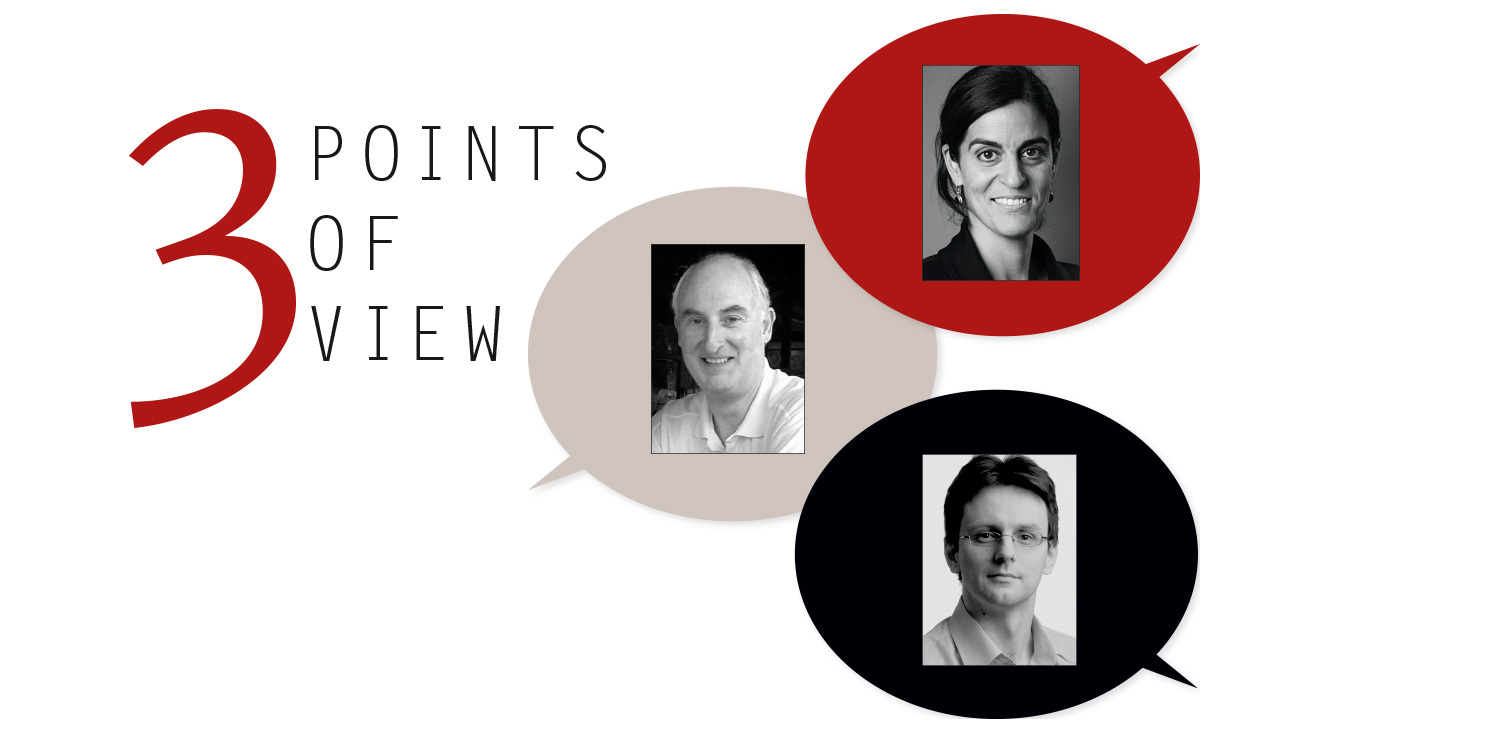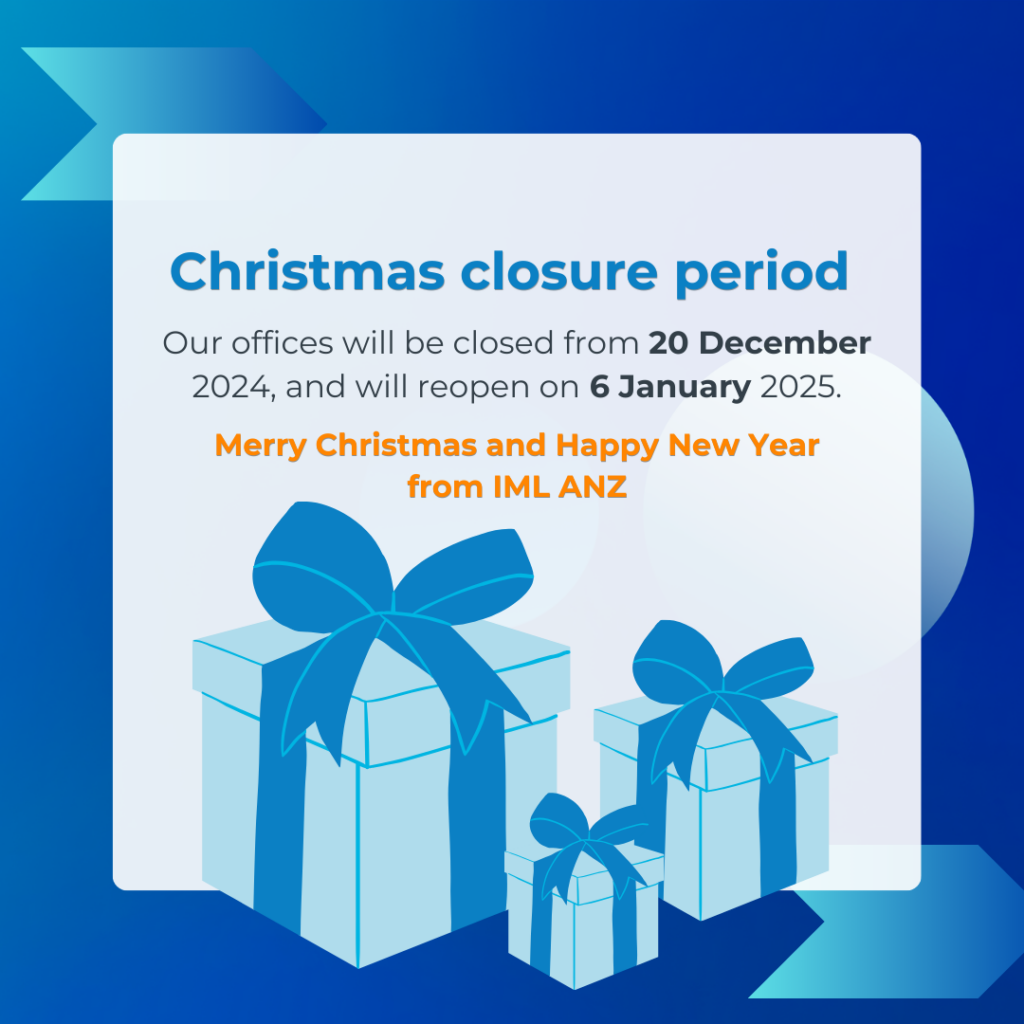Employment specialist Peter Barber FIML talks to Nicola Heath about how to make retirement and semi-retirement work for you.
What makes a fulfilling retirement?
It’s a question Baby Boomers, the five million or so Australians born between 1946 and 1966, are having to face as they reach retirement age.
The answer is not endless rounds of golf, says Peter Barber, principal facilitator at Follow Your Star in Melbourne.
A happy retirement hinges on finding meaningful things to do, he says. “It’s being able to feel as though you’re making a contribution to your own well-being, to your partner’s well-being, and in some ways, to the community.”
Planning for retirement is often limited to seeking advice about superannuation and other financial matters. “The question most often asked is, ‘Will I have enough to live on and will it last?’ rather than ‘What do I really want to do next and how will I do it?’” he says. “Most people put more planning into a holiday than they do into their retirement.”
Today’s ageing professionals can expect to live for another 20 or 30 years after their retirement. Without appropriate reflection and planning, retirement can become a challenging time for someone who is accustomed to a busy life that derives meaning and fulfilment from work. Take away nine-to-five employment and you have a lot of time on your hands. “That definition of who you are is suddenly removed,” says Barber.
At Follow Your Star, Barber offers career planning for people in all stages of their lives. The ‘New Horizons’ program focuses on the transition to retirement. Barber helps his clients do two things: write a purpose statement that defines their direction for the next three to five years, and to identify their personal drivers, or “what makes them make choices, make decisions, choose one activity over another? That helps them define what they want to do.”
Barber has first-hand experience of the challenges that come with transitioning to retirement. Retrenched during the GFC when he was 58, Barber suddenly had to decide what to do with the rest of his life. He eventually started a business, which now occupies 20-25 hours of his time each week.
Work remains a fundamental part of Barber’s life. He says he is currently enjoying his ‘unretirement’, a mix of meaningful professional activity, creative pursuits like writing, music-making and performance, and pro bono work, which allows him to contribute to the local community.
So, what are the options for someone planning a fulfilling retirement? Travel and leisure activities are often high on people’s lists, but at best they are short-term strategies. “They’re finite,” says Barber. “A three-month holiday in Europe comes to an end – and then what?”
Family
Retirement is an opportunity to focus our attention on our important relationships. As we age, “networks tend to shrink rather than expand,” says Barber, who believes a happy home life will help create an overall sense of wellbeing.
It’s common for retirees to devote time to caring for grandchildren to help their children juggle the demands of work and parenting. In Australia, 937,000 children are regularly cared for by their grandparents.
“Most people put more planning into a holiday than they do into their retirement.”
Semi-retirement
Increasingly, professionals who have enjoyed rewarding careers are choosing to keep working, albeit in a scaled-down capacity, once they reach retirement age. “The main trend is that people my age, in this demographic, are saying ‘I really don’t want to stop doing something,’” says Barber.
Some, like Barber, establish businesses using the many skills they have acquired over their working life. Part-time work, consulting and freelancing are also popular options. Leaders interested in giving back to the community can explore the possibility of joining a board where their experience and expertise can be put to good use.
Study
In 2014, 93-year-old Lis Kirkby became Australia’s oldest university graduate when she completed a PhD at the University of Sydney’s Business School.
Many use the free time of retirement to go back to school, whether through formal study like Kirkby, or short courses offered by U3A and other adult education institutions. Since retiring, Barber completed his Masters and is planning to start doctoral studies next year. His wife is not resting on her laurels either; she is currently studying creative writing at Swinburne University.
Volunteering
A 2014 survey found that people aged between 65 and 74 were among the age brackets with the highest rates of volunteering in the country, with 35 per cent giving up their time through an organisation or group. The same survey calculated that volunteers contribute 743 million hours of work each year to the community. Philanthropic work also comes with health benefits: one study found that volunteers had lower blood pressure, while another found they lived longer. Join a local community group or look for volunteering opportunities online.
Are you managing staff approaching the transition to retirement, looking to transition yourself or have retired?
Join us at this Victorian TELTalk: New Horizons where Peter Barber FIML shares his whole of life approach to retirement planning and explains the personal and corporate benefits of providing transitional support for employees moving into retirement.
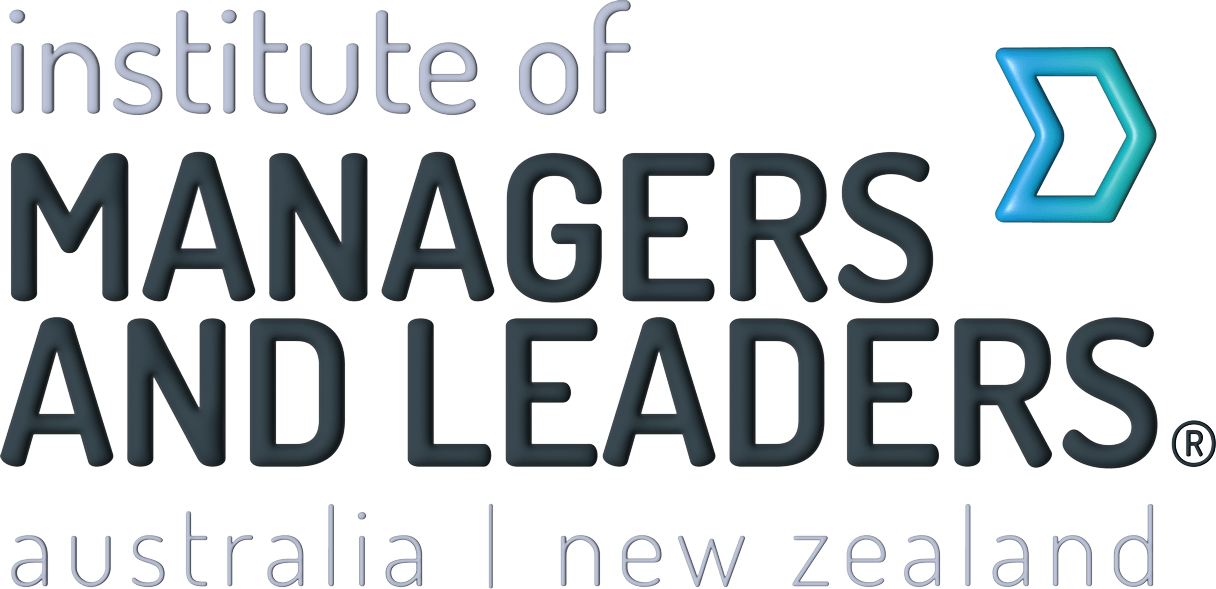


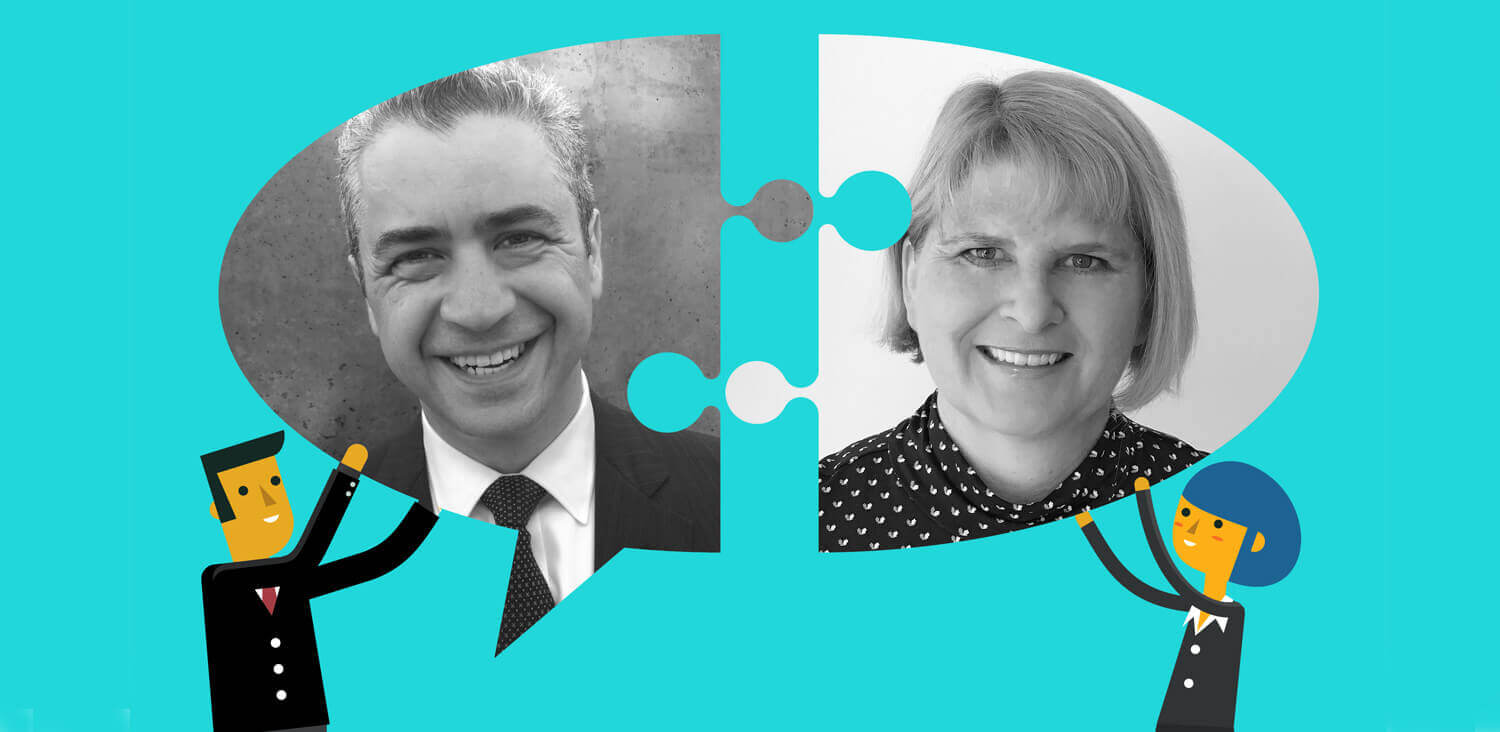
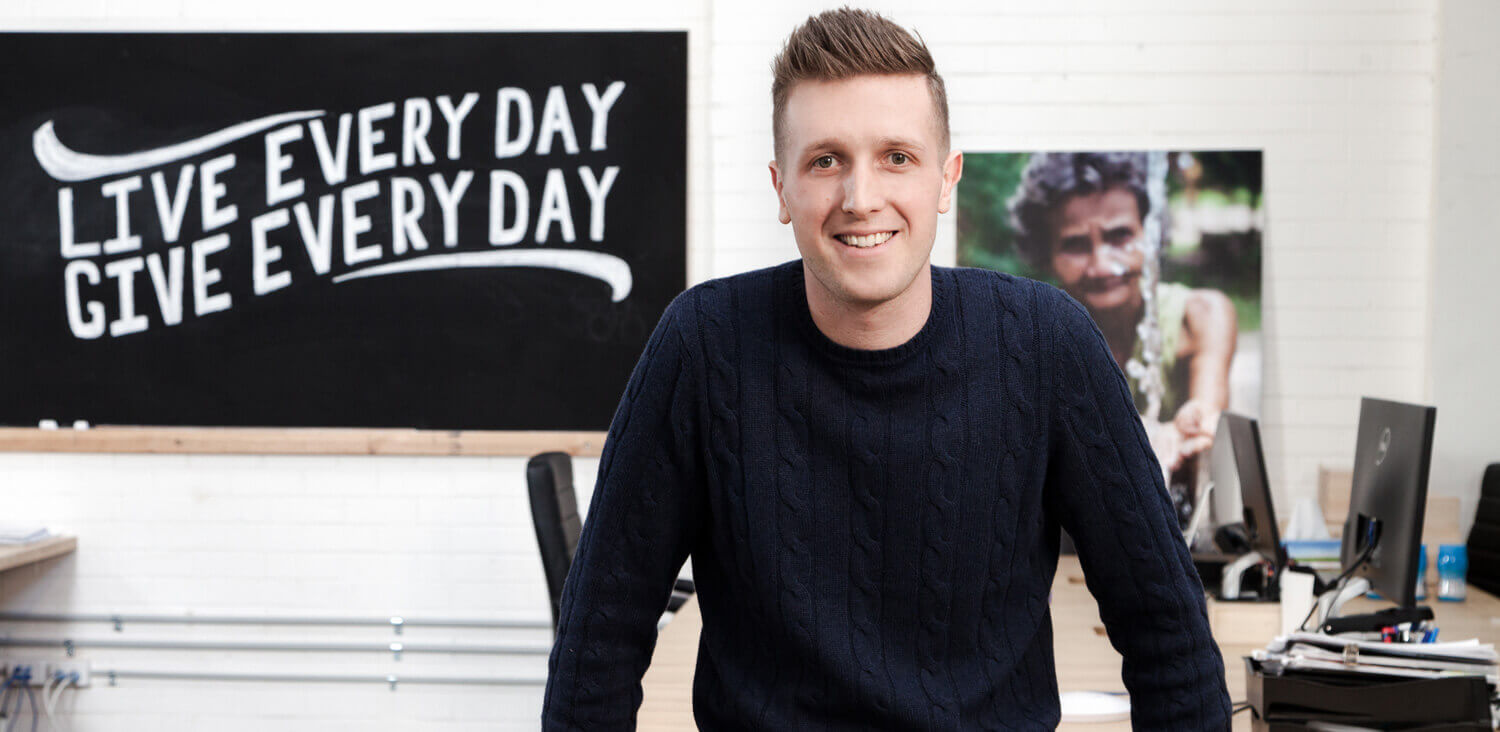



 Marion King FIML
Marion King FIML




